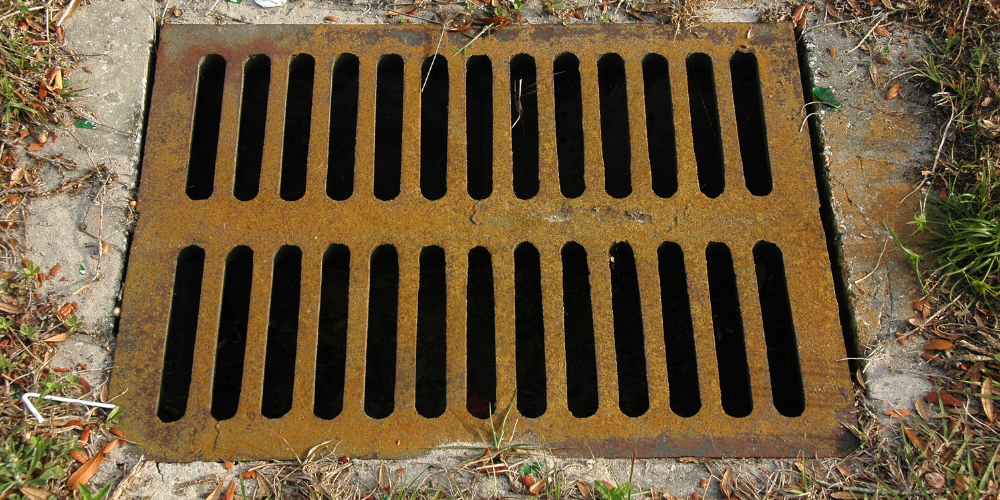Managing rainwater and ensuring efficient drainage is essential for the maintenance and longevity of your property. A reliable downspout system plays a vital role in directing rainwater away from your building's foundation, preventing water damage and erosion. One crucial component of an effective drainage system is the drainage catch basin. In this article, we will delve into the world of wholesale plastic drainage catch basins, exploring their benefits, considerations for choosing them, installation, maintenance tips, and more.
Before we dive into the specifics of drainage catch basins, let's first understand the significance of a well-designed drainage system. Proper drainage ensures that rainwater is effectively channeled away from your property, preventing water accumulation, soil erosion, and potential structural damage. It helps protect your building's foundation, landscapes, and surrounding areas from the harmful effects of water.
Types of Drainage Catch Basins
There are various types of drainage catch basins available in the market, including concrete, metal, and plastic. While each type has its own set of advantages, wholesale plastic drainage catch basins have gained significant popularity due to their numerous benefits.
Plastic catch basins are relatively more affordable compared to their concrete and metal counterparts. This cost advantage makes them an attractive choice, especially when installing multiple catch basins or covering a large area. Th downspout catch basins, also known as downspout drainage catch basins, are essential components of an effective drainage system.
Contrary to misconceptions about plastic's durability, wholesale plastic drainage catch basins are built to withstand heavy loads and harsh weather conditions. Made from high-density polyethylene (HDPE) or polyvinyl chloride (PVC), these basins offer exceptional strength and durability. They are resistant to corrosion, rust, and chemical damage, ensuring a long lifespan.
Considerations for Choosing Wholesale Plastic Drainage Catch Basins
When selecting wholesale plastic drainage catch basins, it's essential to consider the size and capacity that aligns with your drainage needs. Evaluate the expected volume of water runoff and choose a basin that can handle the anticipated flow effectively.
Material Quality
Ensure that the plastic catch basins you choose are made from high-quality materials like HDPE or PVC. This guarantees their durability, resistance to environmental factors, and long-term performance.
While functionality is key, aesthetics also play a role, especially for residential applications. Choose catch basins with design elements that complement the overall look of your property.
Compatibility with Downspout Systems
Verify that the wholesale plastic catch basins you select are compatible with your existing or planned downspout systems. Proper compatibility ensures efficient water flow and prevents any potential issues with installation or performance.
During installation, ensure that the catch basins are placed in appropriate locations where water accumulation is likely. It's crucial to level the basins correctly to facilitate proper water flow and prevent standing water.
Regular Cleaning and Debris Removal
To maintain optimal performance, clean the catch basins regularly and remove any debris or sediment that may accumulate. This prevents clogging and ensures the smooth flow of water.
Periodically inspect the catch basins for any signs of damage, cracks, or leaks. Address any issues promptly to prevent further deterioration and maintain the integrity of your drainage system.
Conclusion
Wholesale plastic drainage catch basins offer a smart investment for efficient downspout management. Their cost-effectiveness, durability, ease of installation and maintenance, and versatility make them an attractive choice for both residential and commercial applications. By considering the appropriate size, material quality, design, and compatibility, you can ensure optimal performance and effective water management on your property.

